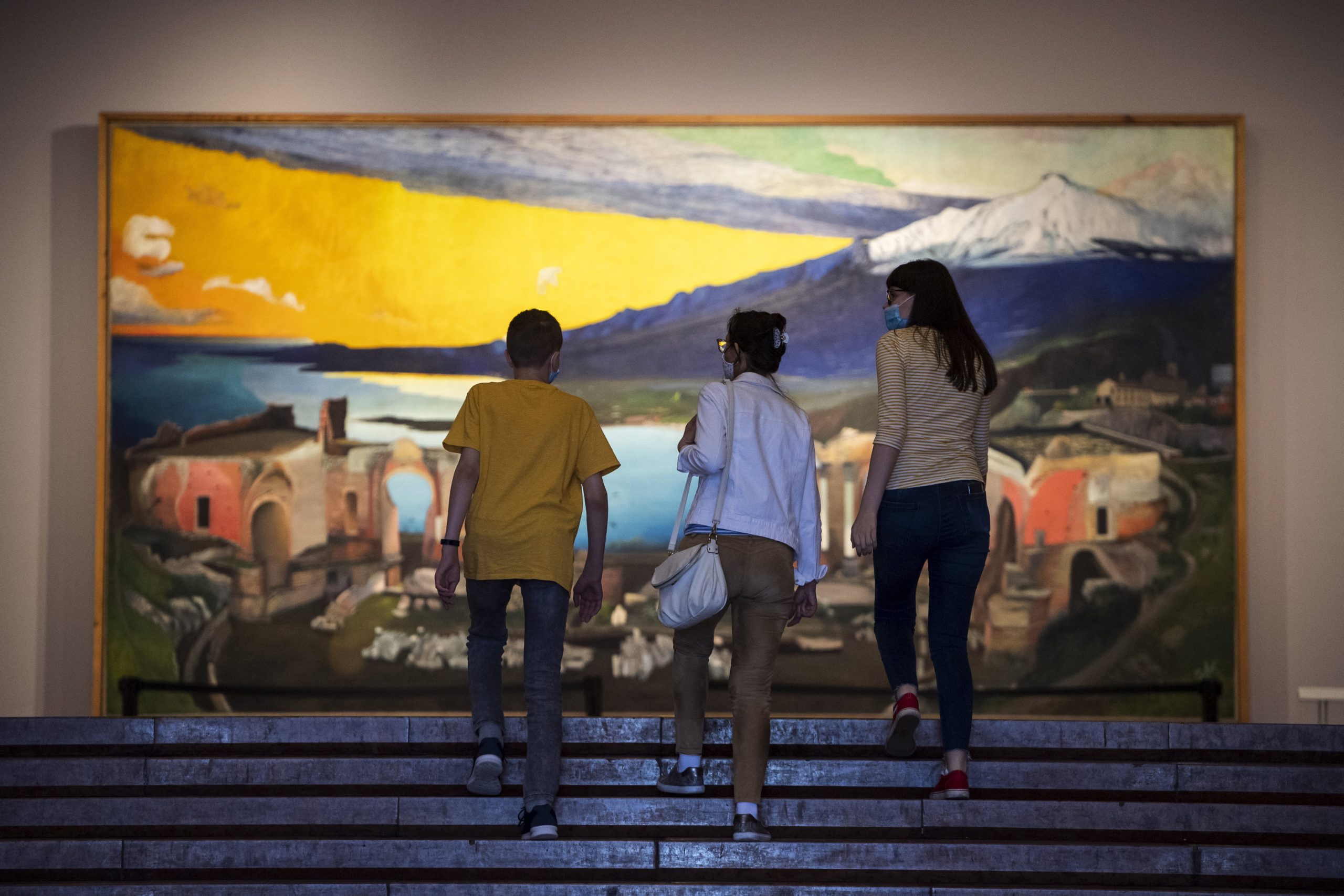In autumn, an exhibition of works by Hungarian artists visiting and living in Berlin will open. Not since the fall of communism has there been a Hungarian museum exhibition on such a large scale in Germany, reports Telex.
Magyar Modern. Ungarische Kunst in Berlin 1910-1933 is the title of a joint exhibition of the Museum of Fine Arts – Hungarian National Gallery and the Berlinische Galerie this autumn. The exhibition is being organized in cooperation with the Collegium Hungaricum in Berlin, which will also host a neo-avant-garde exhibition and organize most of the accompanying events.
The two curators of the exhibition are Dr. Ralf Burmeister, an art historian at the Berlinische Galerie, and Dr. András Zwickl, another art historian at the Painting Department of the Museum of Fine Arts – Hungarian National Gallery, the Hungarian press office told Telex.
The significance of the exhibition is also reflected in the fact that there has not been a major exhibition in Germany in recent decades that has presented this period of Hungarian art in such depth in the German capital,”
the statement read.
Fact
According to the
website of the exhibition:
“Even before the First World War, Hungarian artists used the growing metropolis as an exhibition stage to reach an international audience. When reactionary forces put an end to Hungary’s political transformation in 1919, progressive artists in exile found refuge in the cosmopolitan Berlin of the Weimar Republic. They found the space for creative freedom on the banks of the Spree, where they established significant visibility in various avant-garde contexts. Berlin was a formative influence for many Hungarian artists who, in turn, were a defining force in the art market.”
The exhibition presents the works of Hungarian artists who once lived and exhibited in Berlin, which were made in the German capital, were featured in one of the city’s exhibitions, or are otherwise related to Berlin. Among these artists are Aurél Bernáth, Sándor Bortnyik, Sándor Brassaï, Marcel Breuer, Béni Ferenczy, Lajos Kassák, László Moholy-Nagy, József Rippl-Rónai, Hugó Scheiber, and many others.
Related article
Dancing 1925, Hungarian Artists in Parisian Nightlife Exhibition Opens at National Gallery
Painter Marcell Vértes, whose litographs are the focus of the exhibition, frequented nightclubs and bars in Paris in the 1920s where he made sketches of guests dancing on the floor, jazz musicians, and even people waiting at dawn to leave for home.Continue reading
The exhibition includes nearly 230 works by 40 artists. Of these, 53 works are on loan from the Museum of Fine Arts – Hungarian National Gallery, and a selection has been curated from several public and private collections at home and abroad in order to give a more complete picture of the artistic life of artists of Hungarian origin in Berlin between 1910 and 1933. The material on show will be very diverse, with 47 paintings, 10 sculptures, 74 prints, 64 contemporary photographs, three experimental films, and three tapestries.
They are still selecting documents that are in some way related to Berlin, the artists in the exhibition, or the objects on display, such as catalogs, newspapers, postcards, and letters from the period.
Source: Telex
Featured image: illustration via the Facebook page of the Berlinische Galerie
